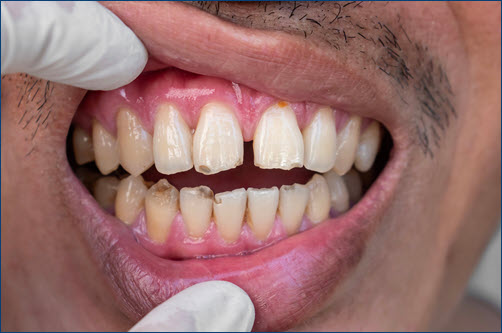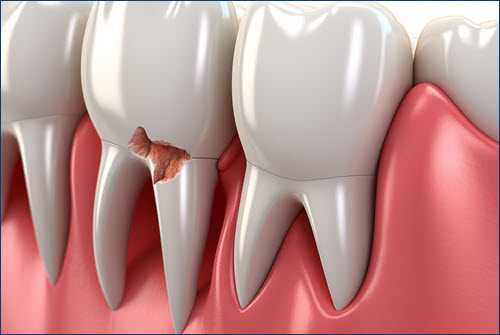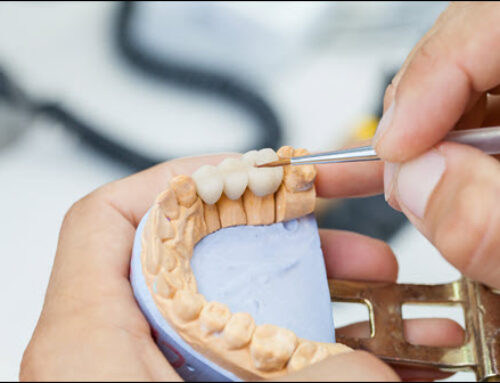Advancements in dental technology have revolutionized the way damaged teeth are restored, offering patients a range of effective and aesthetically pleasing options. Whether a tooth is chipped, cracked, decayed, or discolored, modern dental techniques can restore its function and appearance. Here’s an overview of the latest methods for repairing and restoring damaged teeth.
Dental Bonding
 Dental bonding is a versatile and cost-effective technique used to repair chipped or cracked teeth, close gaps, and improve the appearance of discolored teeth. This procedure involves applying a tooth-colored resin to the damaged area, which is then molded and polished to match the surrounding teeth. Dental bonding is a quick and painless procedure that can often be completed in a single visit.
Dental bonding is a versatile and cost-effective technique used to repair chipped or cracked teeth, close gaps, and improve the appearance of discolored teeth. This procedure involves applying a tooth-colored resin to the damaged area, which is then molded and polished to match the surrounding teeth. Dental bonding is a quick and painless procedure that can often be completed in a single visit.
Veneers
Veneers are thin shells made of porcelain or composite resin that are custom-fitted and bonded to the front surface of teeth. They are ideal for addressing issues such as severe discoloration, worn-down teeth, and minor misalignments. Veneers offer a durable and natural-looking solution that can significantly enhance the appearance of a smile. The process typically requires two visits: one for preparation and impressions and another for the application.
Crowns
Dental crowns, also known as caps, are used to restore teeth that are severely damaged or decayed. A crown covers the entire visible portion of a tooth, providing strength and protection while restoring its shape and appearance. Crowns can be made from various materials, including porcelain, ceramic, and metal, depending on the patient’s needs and preferences. The process involves reshaping the damaged tooth, taking impressions, and placing a temporary crown until the permanent one is ready.
Inlays and Onlays
Inlays and onlays are used to restore teeth with moderate decay or damage that does not require a full crown. They are placed within the cusps of the tooth, while onlays cover one or more cusps. These restorations are custom-made from porcelain or composite resin and are bonded to the tooth for a strong, durable repair. They offer a conservative alternative to crowns, preserving more of the natural tooth structure.
Dental Implants
Dental implants are the gold standard for replacing missing teeth. An implant consists of a titanium post that is surgically placed into the jawbone, acting as an artificial tooth root. A crown is then attached to the post, restoring the function and appearance of the natural tooth. Implants offer a permanent and stable solution that mimics the look and feel of natural teeth. They also help preserve the jawbone and prevent bone loss.
Composite Fillings
Composite fillings are used to repair cavities and minor tooth damage. Made from a mixture of plastic and fine glass particles, these fillings are tooth-colored and blend seamlessly with the surrounding teeth. Composite fillings offer a more aesthetically pleasing option than traditional metal fillings and require less removal of the natural tooth structure.
Modern dental techniques offer a variety of options for restoring damaged teeth, ensuring that patients can maintain both the function and aesthetics of their smiles. From minimally invasive procedures like dental bonding and veneers to more comprehensive solutions like crowns and implants, there is a treatment available to suit every need. By staying informed about the latest advancements in dental restoration, patients can make educated decisions about their oral health and achieve a beautiful, healthy smile. Regular dental check-ups and consultations with a dentist are essential for identifying the best treatment plan for each individual’s needs.


